Paesi abbandonati e il ritorno della vita con l’arte
Abstract
Nella seconda metà del Novecento in Italia furono numerosi i centri urbani abbandonati, a causa dell’emigrazione, del dissesto idrogeologico, e di numerosi eventi sismici. In particolare nella Sicilia occidentale il terremoto che nel 1968 colpì la Valle del Belice, vasta area situata tra le province di Agrigento, Palermo e Trapani, fu causa di numerose perdite di vite umane e di ingenti danni ai paesi colpiti dal sisma. I danni più gravi si registrarono nei comuni di Gibellina, Montevago, Salaparuta e Poggioreale e che furono abbandonati e ricostruiti in altri luoghi anche lontani. Tra questi, l'antico borgo di Poggioreale, seppur in parte ancora esistente, è abbandonato. Nel saggio vengono ipotizzati alcuni interventi di restauro architettonico e inserimento di opere d'arte con la finalità di rendere il borgo fruibile e farlo rinascere. La speranza è che ciò che resta dei paesi abbandonati, sia preservato e recuperato, anche con l’inserimento opere d'arte, possa acquisire una nuova vita, anzi continuare la propria, ma con una prospettiva diversa.
Some Abandoned Small Towns and their Return to Life with Art
In the second half of Twentieth century in Italy there were numerous abandoned urban centers, due, for example, to emigration, hydrogeological instability, and seismic events. In particular in western Sicily, the earthquake that struck the Belice Valley in 1968, a vast area located between the provinces of Agrigento, Palermo and Trapani, was the cause of numerous losses of human life and significant damage to the countries affected by the earthquake. The most serious damage was recorded in the towns of Gibellina, Montevago, Salaparuta and Poggioreale and therefore it was decided to abandon them and rebuild them in other and even distant sites. The ancient town of Poggioreale is in part still existing and is however abandoned. Therefore, in the essay some suitable interventions of architectural restoration and insertions of works of art are hypothesized in order to make it usable and make it revive. It is hoped that what remains of the abandoned, preserved and recovered countries, even with the addition of new works of art, can acquire a new life, indeed continue their life, but with a different perspective.
Parole chiave
Full Text
PDFDOI: https://doi.org/10.14633/AHR300
Refback
- Non ci sono refbacks, per ora.
Copyright (c) 2020 Rosario Scaduto

This work is licensed under a Creative Commons Attribution-NonCommercial 4.0 International License.
........................................................................................................................................................................................................................................................................................................................................................
ArcHistoR è una rivista open access e peer reviewed (double blind), di Storia dell’architettura e Restauro, pubblicata dall’Università Mediterranea di Reggio Calabria. La rivista ha cadenza semestrale. È una rivista di Classe A (ANVUR) per l’Area 08 - Ingegneria civile ed Architettura, settori C1, D1, E1, E2, F1.
Comitato scientifico internazionale
Maria Dolores Antigüedad del Castillo-Olivares (Universidad Nacional de Educación a Distancia de España), Monica Butzek (Kunsthistorisches Institut in Florenz), Jean-François Cabestan (Université Paris 1 - Panthéon Sorbonne), Alicia Cámara Muñoz (Universidad Nacional de Educación a Distancia de España), David Friedman (Massachussets Institute of Technology), Alexandre Gady (Université Paris-IV-Sorbonne), Jörg Garms (Universität Wien), Miles Glenndinning (Scottish Centre for Conservation Studies, University of Edinburgh), Mark Wilson Jones (University of Bath), Loughlin Kealy (University College Dublin), Paulo Lourenço (Department of Civil Engineering, University of Minho), David Marshall (University of Melbourne), Werner Oechslin (ETH, Zurich, Stiftung Bibliothek Werner Oechslin, Einsiedeln), José Luis Sancho (Dirección de Conservación de Bienes Histórico-Artísticos, Palacio Real, Madrid), Dmitrij O. Švidkovskij (Moscow Architectural Institute, MARCHI)
Comitato direttivo
Tommaso Manfredi (direttore responsabile), Giuseppina Scamardì (direttore editoriale), Antonello Alici, Salvatore Di Liello, Fabrizio Di Marco, Paolo Faccio, Mariacristina Giambruno, Bruno Mussari, Annunziata Maria Oteri, Francesca Passalacqua, Edoardo Piccoli, Renata Prescia, Nino Sulfaro, Fabio Todesco, Guglielmo Villa
........................................................................................................................................................................................................................................................................................................................................................
Laboratorio CROSS. Storia dell'architettura e Restauro

ISSN 2384-8898

This work is licensed under a Creative Commons Attribution-NonCommercial 2.0 Generic License.

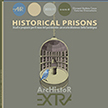
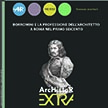


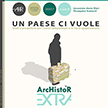
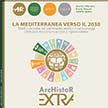
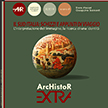
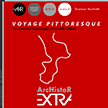
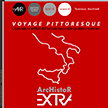
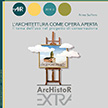
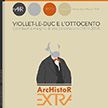

_2.jpg)



